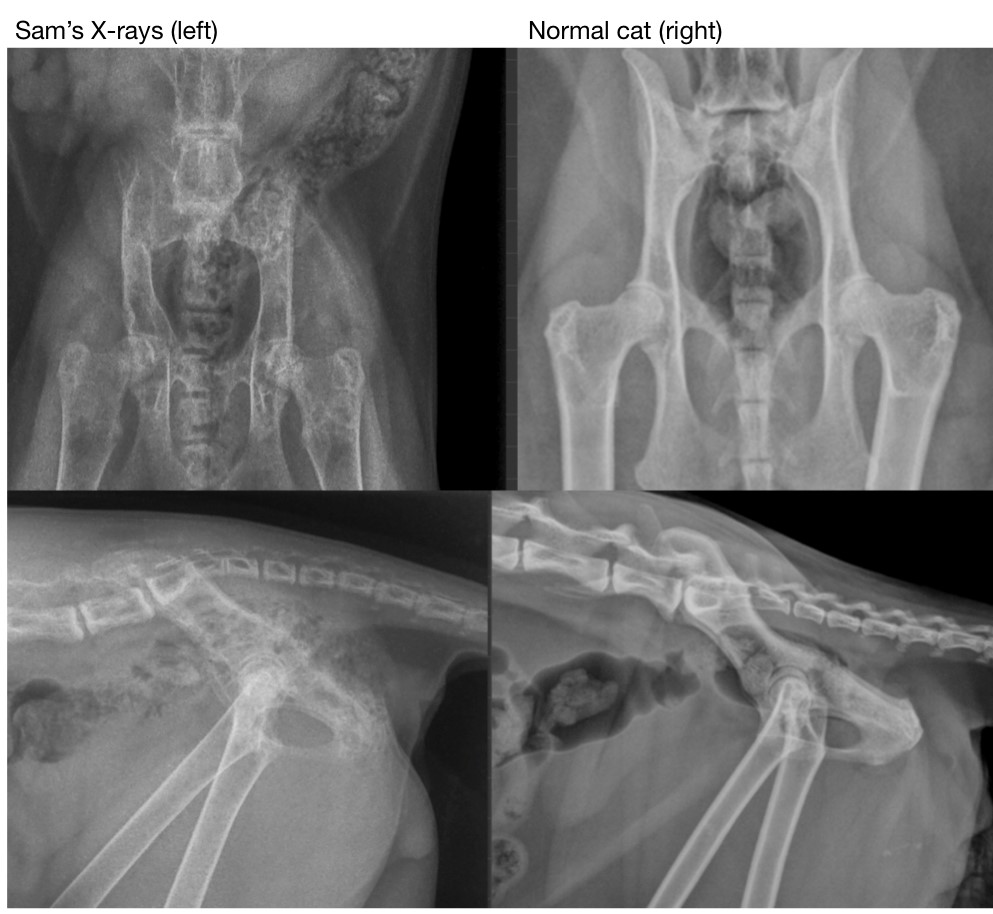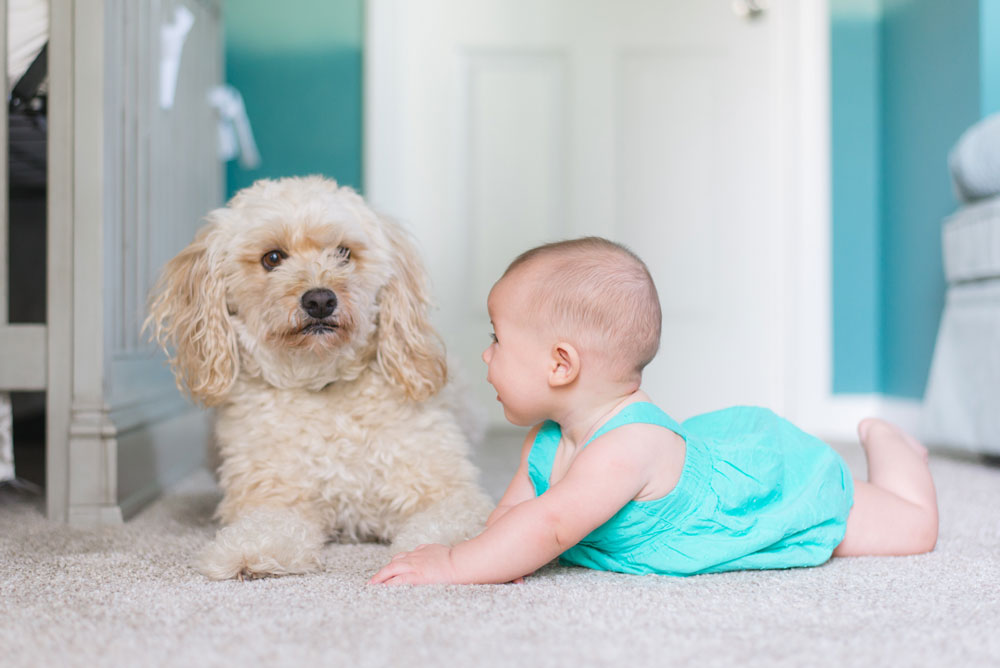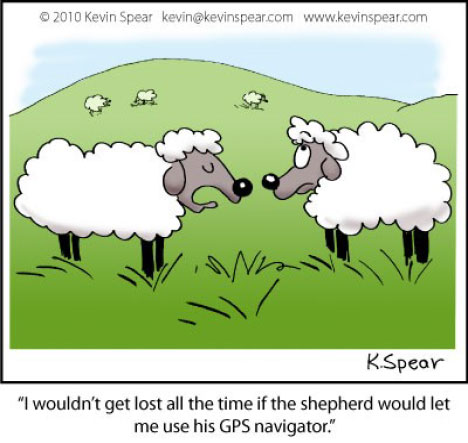It is fairly well known that nutrition is important for the health of your pet. Many people are aware their pet’s diet should have enough of certain nutrients (it should be nutritionally complete). However, it is not widely known that it is also important that certain nutrients are in the right ratio (the diet is nutritionally balanced). Here is just one example of why this is important:
Sam was a 6 month old kitten that came to see us because he seemed sore when he was picked up, and was hiding in his bed all the time. Sam had previously been a happy, playful kitten who loved cuddles, so this was unusual behaviour for him. Sam was fed a mixture of minced up meat and organs from a pet store, with the addition of a calcium supplement. After some investigation, x-rays were taken which are shown below;


So what’s wrong with Sam’s bones?
The x-rays show that Sam’s bones are much less white (radiopaque) than a normal cat, which means he has a lower bone density (weaker bones). This puts him at a higher risk of injuries and bone fractures than cats with normal bone density. Sam actually had several small bone fractures around his pelvis and spine, where the bone had collapse under pressure that normal bone could have easily coped with.
Calcium and Phosphorus Balance
Unfortunately, these changes were the result of his diet. Meat and most animal organs are very low in calcium, and high in phosphorous. These two minerals have a close relationship in the body, and are regulated together. So if calcium is low, OR if phosphorous is too high, the body will release a hormone that causes calcium to be taken out of bone. This loss of calcium from the bone leads to lower density and weaker bones (which can be seen in these x-rays). Sam may or may not have had enough calcium in his diet (due to the calcium supplement), but the amount of phosphorous was still far too high (from the meat and organs). This resulted in calcium loss from the bones even in the face of adequate calcium.


Luckily for Sam, we caught this disease early enough, and he only had very minor fractures that would heal with time. Sam’s diet was changed to a good quality cat biscuit that had been tested to be nutritionally complete and balanced, appropriate for his age, and within 2 months, he was back to being the happy, playful, cuddly kitten he had once been.
We know it can be hard to gauge the right amount of nutrition for your pet as they are growing which is one of the reasons we offer Best Start visits to our new kitten and puppy owners. During the Best Start consult the nurse will discuss all things management related and that includes the very important question ‘what and how much should I feed’.



